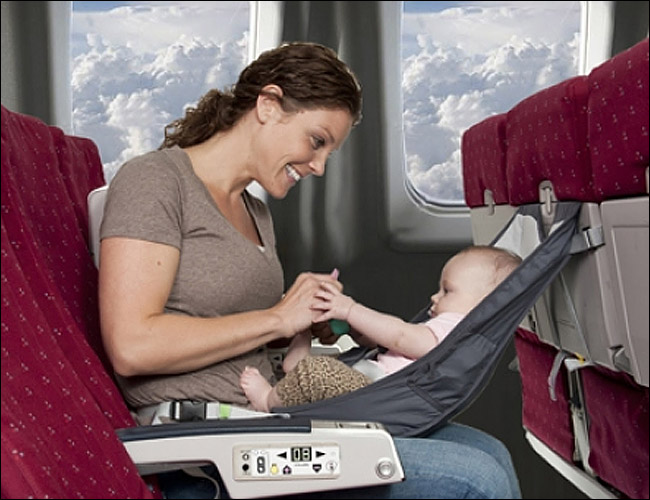Traveling with a baby may indeed require you to make full use of your ABILITIES or RESOURCES. However, you’ll definitely be relieved of a lost of the anxiety you may be feeling the minute you learn that you are practically given all the support you need in order to safely and peacefully fly with your brightest treasure.
Carriers in this part of the world will, as a rule, make every attempt to ease your airport experience. Thus, you’ll be offered priority boarding if you’re traveling with your baby or toddler. Besides, they also offer baby strollers to families traveling with young children. You only need to ask the carrier’s staff for assistance when to arrive at the airport. And, if you happen to leave from Doha International Airport, you’ll note that they have baby-changing rooms on the ground and first floors within the transit area of the Departure Hall.
It does not matter whether you need a bassinet, a special meal for your baby or any other baby related service, you only need to let the carrier before hand so that they can make all the necessary arrangements. Moreover, there are airlines, such as Emirates that offer complimentary baby stroller service at Dubai International Airport (on arrival and transit only) for all of their passengers. The same applies if you have twins.
You’ll also be able to travel comfortably as carriers will supply you with pillows, blankets, large overhead storage lockers as well as changing tables in the toilets. They also provide bassinets for babies who are 23 months old or younger. You’ll need to ask for a bassinet seat the moment your make the reservations because SEAT AVAILABILITY may be limited in this case. BABY PACKS are also available aboard the plane. Such packs usually include diapers, baby powder, baby lotion, wet wipes and a stuffed toy. They will certainly came in handy.
In so far as baby meals are concerned, you should know that they also have a special meals service, which needs to be booked at least 24 hours in advance of your flight. You should, however, be prepared with you baby’s favorite food, just in case. Anyways, the crew will be more than happy to warm the milk or meals you carry on board for your baby.
As to the SAFETY of your baby, you need to be aware that there are several rules that apply to infant travelers. A baby may travel as a lap child but the adult holding the little one should take all steps to restrain the baby whenever possible. Nevertheless, adults must not use adult seat belts around both adult and infant.
The adults need to use the seat belt extensions provided by the carrier. The baby may also travel in a child restraint device provided it is approved for use in aircraft only by any Joint Aviation Authorities (JAA), the United States Federal Aviation Administration (FAA) or Transport Canada and is marked accordingly.
Additionally, parents or guardians are allowed to use baby car seats at any stage of the flight. This type of seat will be approved by the Airport Services for use on board. You may only use the car seat that faces forward and that is secured to the seat by the use of the lap seat-belt, and not a shoulder harness as in cars. Nevertheless, you’ll need to book a plane seat and pay a child’s fare in this case.
The following types of seats are permitted:
- Seats accepted by United States Federal Motor Vehicle Safety Standards and Regulations (FMVSS) No. 213, and are manufactured to those standards on or after February 26, 1985. US approved seats manufactured after this date must bear the following labels in red lettering: “This restraint is certified for use in motor vehicles and aircraft;” and “this child restraint system conforms to all applicable federal motor vehicle safety standards.”
- Seats approved to Canadian Motor Vehicle Safety Standard (CMVSS) No. 213, entitled “Child Restraint Systems” or CMVSS No. 213.1, entitled “Infant seating and restraint systems.”
- Seats meeting European safety standards requirements of ECE regulation 44.03, or later series of amendments.
- Seats qualified for use in aircraft according to German “Qualification Procedure for Child Restraint Systems for Use in Aircraft” (TÜV Doc.TÜV/958-01/2001).
In case your seat does not comply with any of the above-mentioned standards, than it will be put in the hold as CHECKED BAGGAGE.

 En
En Es
Es Fr
Fr